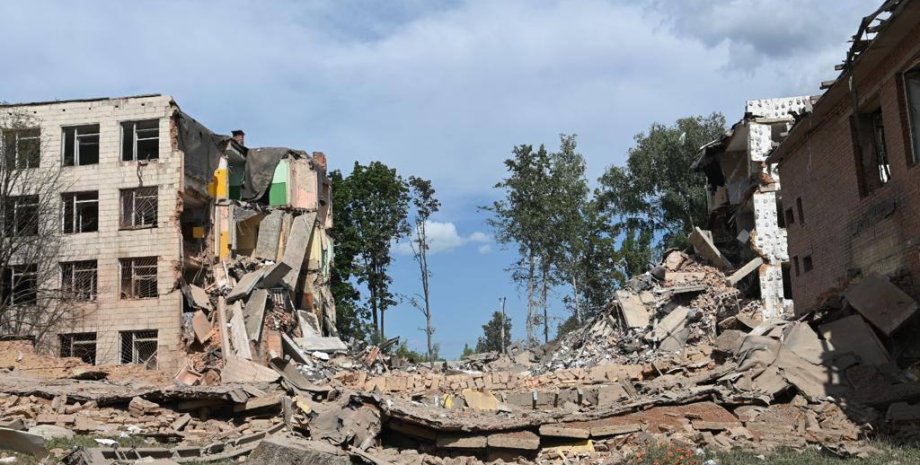
 By Victor Duda
By Victor Duda
The compressor station is located at the beginning of the Nord Stream-1 gas pipeline, which gas went to Germany. In June, Russia significantly reduced gas supply through Nord Stream-1. Since then, scientists have noticed a significant increase in the heat transfer of the object. This indicates gas burning. In addition, Finnish citizens who live near the border from the Russian Federation were noticed on the horizon of a large flame.
It is noted that gas burning is a common occurrence in processing plants. This is usually done for technical reasons or safety reasons. However, the scale of Russia's burning was knocked down by experts from the panther. "I have never seen so many torches at the production factory. Starting from about June, we watched this huge peak, and it simply did not disappear. It remained very anomalously high," - said the expert on satellite data from Miami University in Ohio Jessica Jessica McCartney.
Capterio CEO Mark Davis that Russia is burning specifically. "Operators often do not really dare to close the objects, fearing that their launch can be technically difficult or expensive, and it is probably so it," he said. Scientists are also concerned about a large amount of carbon dioxide and soot formed during burning. This can accelerate the process of ice melting in the Arctic. "Black carbon settles on the snow and ice and greatly accelerates melting.
Some of the estimates that are widely quoted, already indicate that flare burning is the main source of black carbon sediment in the Arctic," said Professor of Carlton University in Canada, Matthew Johnson. We will remind, on August 25 the media reported that Norway deprived Russia of the status of the largest gas supplier in Europe. The Norwegian government also plans to increase fuel production in 2022 and set a new record for its country.










All rights reserved IN-Ukraine.info - 2022